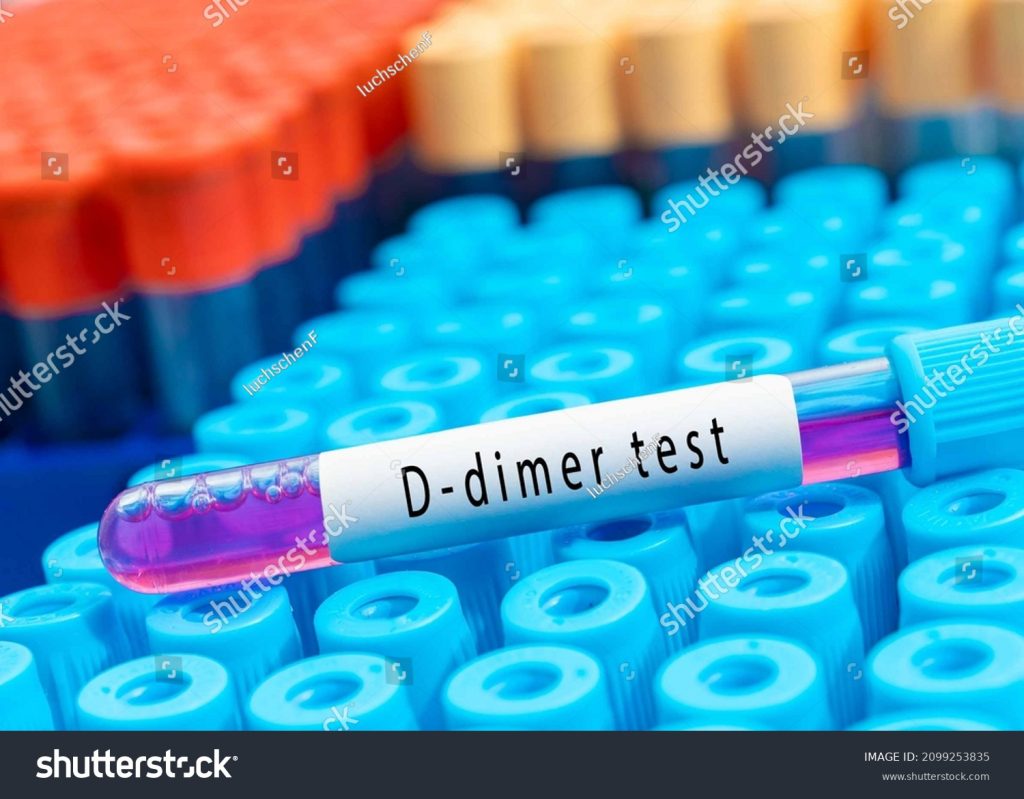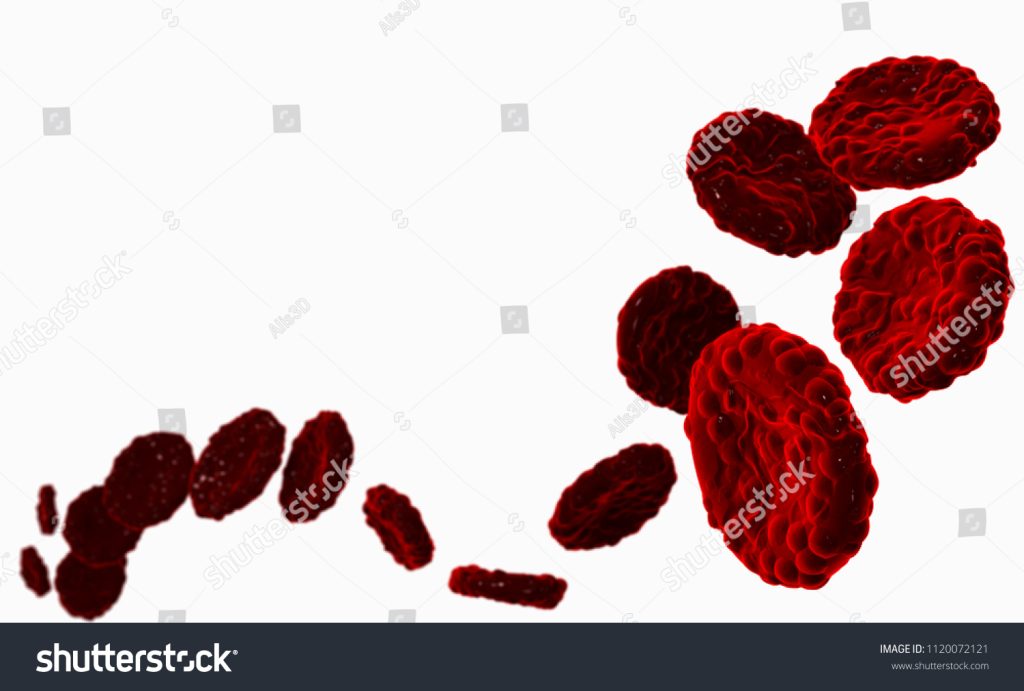
It is commonly known as DIC, is a complex and potentially life-threatening medical condition that affects the body’s ability to regulate blood clotting. It can lead to severe bleeding and organ damage, making it a serious concern for medical professionals and patients alike.
Causes of DIC:
DIC is not a standalone disease, but rather a secondary condition that arises due to an underlying medical issue. It is typically triggered by a variety of critical illnesses, such as:
- Sepsis: Infections, especially severe bacterial infections, can trigger DIC by causing the release of inflammatory molecules that activate the clotting cascade.
- Trauma: Severe injuries, burns, or extensive tissue damage can lead to the release of tissue factor and other procoagulant substances, initiating the clotting process.
- Cancer: Certain types of cancers, particularly those associated with extensive tissue damage, release substances that activate the clotting system. Leukemias, solid tumors, and metastatic cancers are known to increase the risk of DIC.
- Obstetric Complications: Conditions such as placental abruption (detachment of the placenta from the uterus), severe preeclampsia, eclampsia, and amniotic fluid embolism can trigger DIC during pregnancy or childbirth.
- Liver Disease: Liver dysfunction impairs the synthesis of clotting factors and regulatory proteins, disrupting the balance between procoagulant and anticoagulant factors in the blood.
- Hemolytic Conditions: Conditions where red blood cells are destroyed at an accelerated rate can release substances that activate clotting, leading to DIC.
- Transfusions: Massive blood transfusions can trigger DIC due to factors released during the breakdown of stored blood products.
- Vascular Disorders: Certain vascular conditions, such as thrombotic microangiopathies, can lead to the formation of small blood clots within blood vessels, promoting DIC.
- Snake Bites: Some venomous snake bites can activate the clotting system and lead to DIC.
- Aortic Aneurysms or Dissections: The damage to blood vessels caused by these conditions can trigger clot formation and DIC.
- Acute Pancreatitis: Severe inflammation of the pancreas can lead to the release of substances that activate the clotting cascade.
- Heatstroke: Severe heat-related illnesses can trigger DIC due to cellular damage and the release of procoagulant substances.
- Massive Transfusion: Receiving a large amount of blood products in a short period can lead to DIC.
Signs and Symptoms:
The symptoms of DIC can vary widely depending on the underlying cause, the severity of the condition, and the individual patient’s response. Some common signs and symptoms of DIC include:
Bleeding: Initial symptoms may involve bleeding from various sites, including:
- Easy bruising
- Prolonged bleeding from minor cuts
- Oozing from venipuncture sites or surgical incisions
- Gastrointestinal bleeding, leading to bloody stools or vomiting blood
- Nosebleeds
Thrombosis (blood clots): Despite the coagulation process being overactive, DIC can paradoxically cause clotting in some cases:
- Deep vein thrombosis (DVT), resulting in swelling and pain in the affected limb
- Pulmonary embolism (PE), causing chest pain, shortness of breath, and coughing up blood
- Microvascular thrombosis, which can lead to organ dysfunction and damage

Organ Dysfunction: DIC can lead to the dysfunction of various organs due to the accumulation of blood clots in the microvasculature, impairing blood flow and oxygen delivery. Organs commonly affected include the lungs, liver, kidneys, brain, and skin.
Low Platelet Count (Thrombocytopenia): DIC consumption of platelets can lead to a decreased platelet count, which is responsible for proper clotting. This can exacerbate bleeding tendencies.
Prolonged Prothrombin Time (PT) and Activated Partial Thromboplastin Time (aPTT): These are laboratory tests that assess the clotting ability of blood. In DIC, these times may be prolonged due to the consumption of clotting factors.
Hemolytic Anemia: The widespread formation of blood clots can damage red blood cells as they pass through narrow vessels, leading to the destruction of red blood cells and resulting in anemia.
Symptoms of Underlying Conditions: DIC often arises as a complication of other severe medical conditions, such as sepsis, trauma, obstetric complications, cancer, and more. Symptoms related to the underlying condition may also be present.
Diagnosis of DIC:
Diagnosis of Disseminated Intravascular Coagulation (DIC) involves a combination of clinical assessment, laboratory tests, and consideration of the patient’s medical history. DIC is a complex disorder characterized by the widespread activation of blood clotting mechanisms throughout the body, which can lead to both excessive clot formation and excessive bleeding. It’s often secondary to an underlying condition such as sepsis, trauma, malignancy, or obstetric complications.
Here are the general steps involved in diagnosing DIC:
Clinical Evaluation: The initial assessment involves a thorough review of the patient’s medical history, symptoms, and current clinical status. This may include signs of bleeding, such as petechiae (small purple/red spots on the skin), ecchymosis (bruising), mucosal bleeding (e.g., gum bleeding), and other signs of abnormal bleeding.
Laboratory Tests:

- Complete Blood Count (CBC): This test measures the levels of red blood cells, white blood cells, and platelets in the blood. In DIC, platelet counts are often decreased due to widespread consumption and clotting.
- Coagulation Profile: Measures the clotting factors in the blood, including prothrombin time (PT), activated partial thromboplastin time (aPTT), and fibrinogen levels. In DIC, these tests may show prolonged PT and aPTT due to the consumption of clotting factors.
- Fibrin Degradation Products (FDP) and D-dimer: Elevated levels of FDP and D-dimer indicate the breakdown of fibrin clots, which is a hallmark of DIC.
- Fibrinogen Level: Decreased fibrinogen levels are common in DIC due to its consumption during excessive clotting.
- Peripheral Blood Smear: Examination of a blood smear under a microscope may reveal fragmented red blood cells (schistocytes), which are a sign of intravascular hemolysis.
Assessment of Underlying Condition: It’s important to identify the underlying condition that triggered DIC, as addressing the underlying cause is crucial for effective management.
Scoring Systems: Various scoring systems are available to help clinicians assess the severity of DIC, such as the ISTH (International Society on Thrombosis and Haemostasis) overt DIC scoring system or the DIC score. These systems consider the laboratory results and clinical signs to determine the likelihood and severity of DIC.
Imaging: Depending on the underlying cause and clinical presentation, imaging studies such as ultrasound, CT scans, or MRI may be used to assess the extent of organ damage and clot formation.
Serial Monitoring: Since DIC is a dynamic condition, ongoing monitoring of laboratory values is important to track changes in clotting parameters and response to treatment.
Treatment Of DIC :
The treatment of DIC is primarily aimed at addressing the underlying cause while managing the coagulation abnormalities and supporting the patient’s overall condition. Here are some general approaches to treating DIC:
Treat Underlying Cause: Identifying and addressing the underlying condition triggering DIC is crucial. For example, if sepsis is the cause, antibiotics and source control should be initiated. In cases of trauma, appropriate surgical intervention and supportive care are necessary.
Supportive Care: Patients with DIC often require intensive care management. This may involve maintaining hemodynamic stability, ensuring adequate oxygenation, and providing organ support as needed.
Blood Products: Depending on the extent of bleeding and clotting, blood products such as platelets, fresh frozen plasma (FFP), and cryoprecipitate may be administered to correct clotting factor deficiencies and platelet dysfunction.
Anticoagulation: Despite the apparent paradox of clotting and bleeding, in some cases, anticoagulation may be considered to prevent excessive clot formation. This is a delicate balance, and decisions regarding anticoagulation should be made on a case-by-case basis by a healthcare professional.
Fibrinolytic Inhibitors: Drugs that inhibit the breakdown of clots (fibrinolysis) may be used to help control excessive bleeding. Tranexamic acid is an example of such a medication.
Monitoring and Laboratory Tests: Frequent monitoring of laboratory parameters, such as platelet count, prothrombin time (PT), activated partial thromboplastin time (aPTT), fibrinogen levels, and D-dimer levels, is essential to track the progression of DIC and guide treatment adjustments.
Fluid Management: Maintaining appropriate fluid balance is important, as excessive fluid administration can worsen bleeding, and inadequate fluid administration can compromise organ function.
Symptomatic Treatment: Addressing specific symptoms is crucial. This could involve wound care for bleeding sites, pain management, and addressing organ dysfunction.
Consultation with Specialists: Depending on the underlying cause of DIC, consultation with specialists such as hematologists, critical care physicians, and obstetricians may be necessary for comprehensive management.
Conclusion:

Disseminated Intravascular Coagulation is a complex condition that can pose serious risks to patients’ health. Early recognition of the underlying causes and prompt treatment are crucial in managing DIC and improving patient outcomes. Medical professionals must remain vigilant for signs of DIC in patients with predisposing conditions and work swiftly to diagnose and manage the condition effectively. As medical knowledge advances, the management of DIC continues to evolve, offering hope for improved treatments and outcomes in the future.

